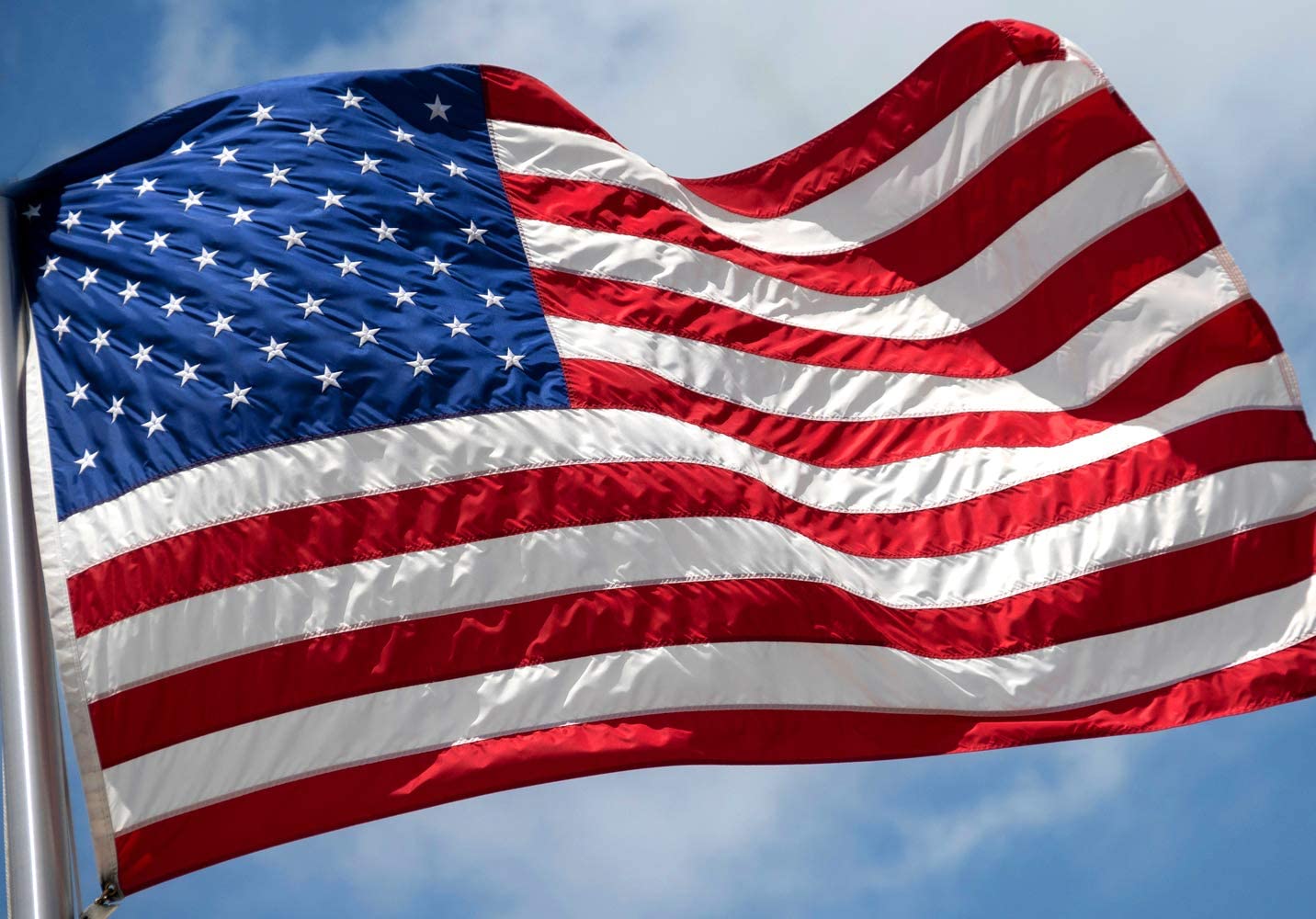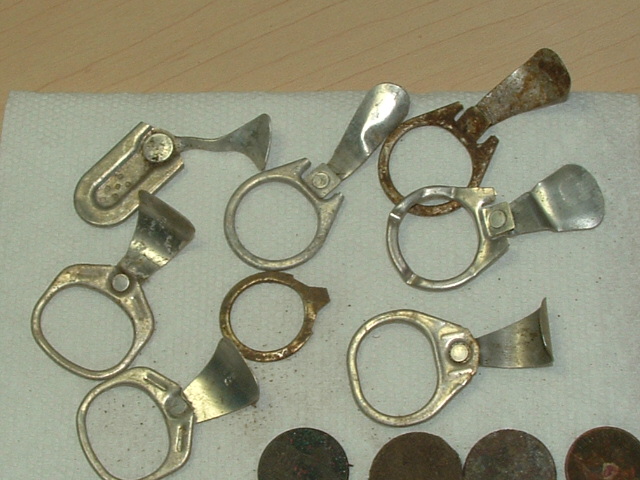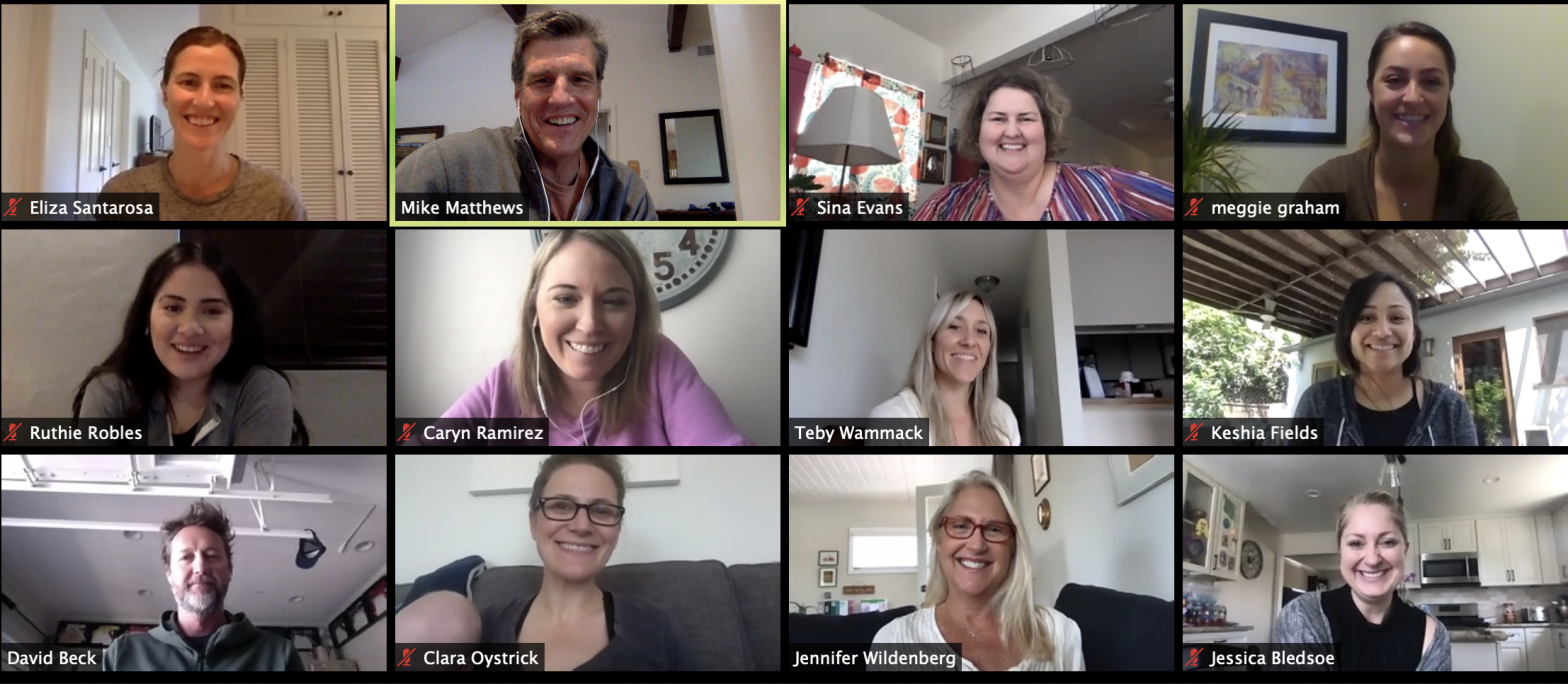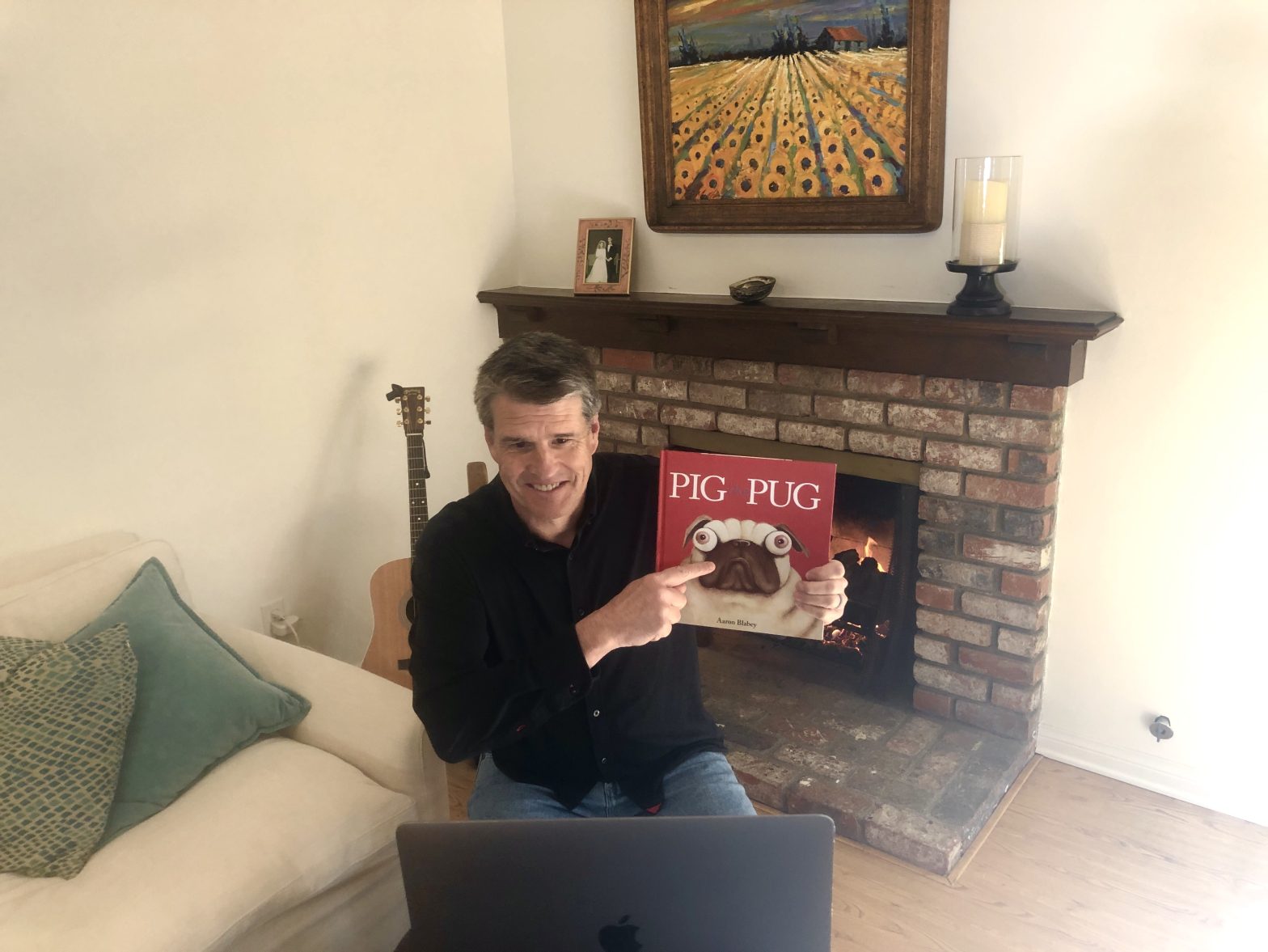
My 2025 Aspirations In One Word
December 28, 2024
As I end my 2024 year, I find myself spending 90% of my time in my own home, most of it cuddled up with my newest and favorite possession – my ice machine that provides soothing relief to my new knee. I love my ice machine. Don’t get me wrong, I love spending time with […]
Board of Education / Brain Rot / Jack Welch / John Maxwell / John Wooden / Knee Replacement / Mary Oliver / Masterpiece / MBUSD / New Years Resolutions / Resolutions / Steven Covey

2023 in One Word
January 5, 2023
I hope your new year is going well so far. One of the joys of publishing semi-regular posts on this blog is that it provides a way for me to reconnect with friends from my past. I grew up in Little Rock, Arkansas, and since graduating from high school, I have lived and made lifelong […]
2023 / Catholic High School / LUSD / MBUSD / PYLUSD / Resolutions / SLUSD / SMMUSD / Steven Covey

Beware the Ides of March (Minus Two)
March 16, 2022
March 15 is the Ides of March. The phrase ‘Beware the Ides of March’ is yet another Shakespeare quote still in our lives, made famous as a fortune teller’s warning to Julius Caesar about his impending death. I’ve been in a hilarious email exchange this week with about 20 high school classmates, reminiscing about our […]
Birthday / Catholic High School / COVID / COVID-19 / Ides of March / Little Rock Catholic High School / MBUSD / Superintendent

Critical Race Theory – A Superintendent and History Teacher’s Perspective
October 19, 2021
Critical Race Theory. It’s something I had never heard of until September of last year. And then, I began getting very angry emails and people started coming to board meetings to demand that we stop teaching it. The questions were very much like ones featured in the first-ever school board meeting parody on Saturday Night […]
critical race theory / MBUSD / SNL / Superintendent / top

Leaving a Place Better Than You Found It
August 29, 2021
Pop-tops. Some call them pull tabs. What a lousy invention. But they were everywhere when I was growing up. Today, when you open a soda or beer can, you use a Sta-tab, which is what you find on nearly every can in the world these days. Daniel F. Cudzik was the engineer working at Reynolds […]
Cudzick / Lake Ouachita / litterbug / MBUSD / Pop-top / principal / Sta-Tab

Ladybugs and Dogs( Reflections of School and Life in the Midst of COVID-19 (#9, April 25, 2020)
April 25, 2020
It may have been the most thoughtless senior prank I ever experienced. As a former high school principal, I don’t love senior pranks. Usually, very little thought goes into them, and they end up being destructive, damaging, or time consuming. Occasionally though — and I mean very occasionally — a group of seniors pulls off […]
Blog / COVID-19 / Dogs / Ladybugs / Malibu High School / MBUSD / Superintendent / top

Reflections on School and Life in the Midst of COVID-19 – (#6, Counselors, April 7, 2020)
April 7, 2020
I did not have any counselors in my high school. We had an English teacher, Mr. Bersey, who offered to help students in the college application process, but that was about it. Overnight, he went from being my sophomore year English teacher who taught me words like zephyr and zenith and who also gave me […]
Catholic High School / counseling / counselor / COVID-19 / Distance Learning / Manhattan Beach / mbms / MBUSD / mira costa / SEL / social emotional wellness / Superintendent

Reflections on School and Life in the Midst of COVID-19 – (#4, Distance Learning, March 28, 2020)
March 28, 2020
People are seeking to know the expectations and objectives this new distance learning paradigm. I drafted a set of objectives for our district, then received feedback from a number of teachers and instructional leaders, and together we have developed version one of the MBUSD Objectives for Distance Learning.
Blog / Catholic High School / COVID-19 / Distance Learning / Manhattan Beach / MBUSD / San Lorenzo / Superintendent







